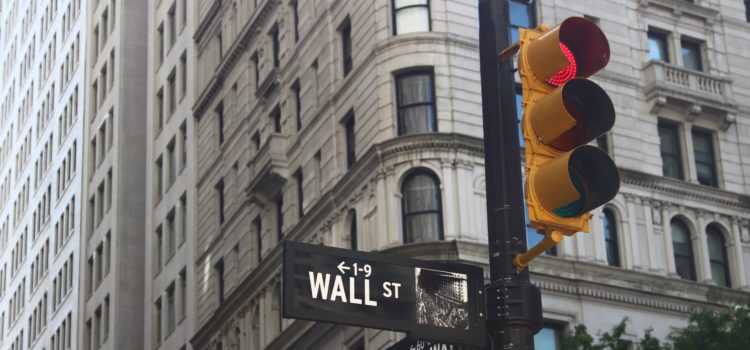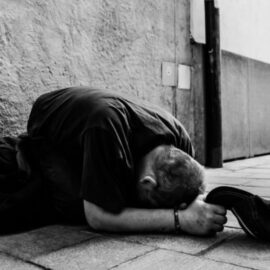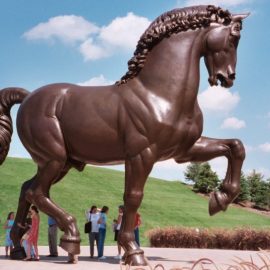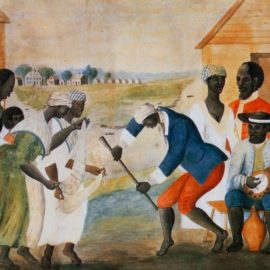

This article is an excerpt from the Shortform book guide to "A Promised Land" by Barack Obama. Shortform has the world's best summaries and analyses of books you should be reading.
Like this article? Sign up for a free trial here .
What is the Dodd Frank law? What did President Obama have to do with the passage of the law?
The Dodd Frank law is an act that promised consumer protections. It was one of the largest economic protection bills to become law during Obama’s term.
Read more about the Dodd Frank law and what it did for the economy and politics.
Passing the Dodd Frank Law
Despite the worsening political climate for Obama and the Democratic Party, there were still some bright spots in 2010. One major achievement was the passage of the Dodd Frank Wall Street Reform and Consumer Protection Act.
Reducing Systemic Risk
Senator Chris Dodd of Connecticut and U.S. Representative Barney Frank of Massachusetts led the effort in their respective chambers. Dodd, chair of the Senate Banking Committee, was widely seen as an effective dealmaker. He had good relationships with the GOP senators and conservative Democrats he would need to build a coalition and guide the bill to passage.
Frank, chair of the House Financial Services Committee, was a colorful figure, known for his sharp wit and biting humor. He was also a trailblazer as one of the first (and few) openly gay members of Congress. Frank possessed an impressive command of the complex subjects tackled in the legislation, and, like Dodd, had the right mix of relationships and legislative skill to keep the important bill on track.
The core of the legislation designated certain big banks as being of “systemic” importance, and, therefore, subject to extra regulation. Such banks would face higher capital requirements, limiting their ability to place risky bets and making the overall system more durable. The bill also gave the Federal Reserve stronger authority to manage bank failures under the aegis of a newly created Orderly Liquidation Authority. To prevent the spread of systemic risk to unwitting investors, the legislation also created more transparent rules regarding the trade of risky and complex financial products like derivatives and credit-default swaps, so that investors could have a clearer picture of precisely what they were buying and selling.
Perhaps most notably, the bill created the Consumer Financial Protection Bureau (CFPB). The bureau was the brainchild of Harvard professor and bankruptcy expert Elizabeth Warren (a future U.S. Senator and presidential candidate). Warren argued that much of the 2008 crisis had stemmed from “predatory lending”—the sale of dubious financial products like subprime mortgages, reverse mortgages, and payday loans to disproportionately Black and Latino lenders. The CFPB would be responsible for the regulation of such products and have authority to bring legal action against lenders who could be shown to have exploited or defrauded their customers.
Dodd Frank Becomes Law
In December 2009, the bill passed the House on a mostly party-line vote. As with every major piece of legislation during the Obama era, the real fight was in the Senate. Even here, however, there was far less of the tooth-and-nail obstruction and opposition than had been the case for the Affordable Care Act.
Senator Dodd succeeded in getting the bill through his chamber in July 2010. He even secured three Republican votes on the route to passage. Obama signed the bill into law on July 21, 2010, representing one of the most significant pieces of domestic legislation of his presidency.

———End of Preview———
Like what you just read? Read the rest of the world's best book summary and analysis of Barack Obama's "A Promised Land" at Shortform .
Here's what you'll find in our full A Promised Land summary :
- How Barack Obama went from relative obscurity to the first Black president
- What principles guided his political leadership style
- Why Obama retained an unshakable faith in the potential and promise of America






